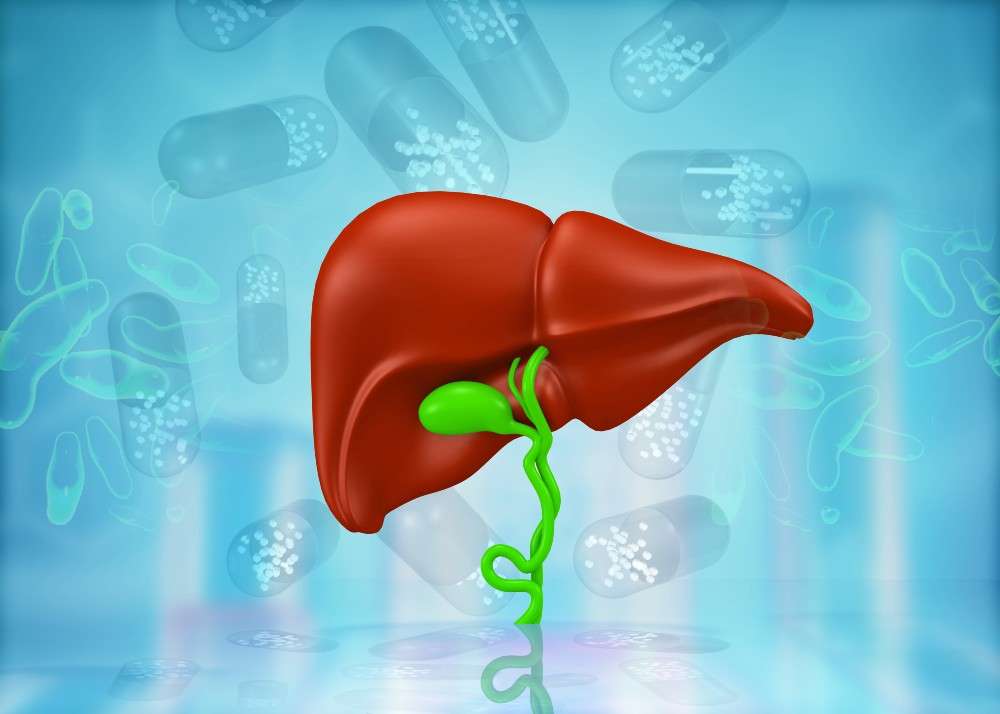- Industry
- 4 min read
Impact of COVID pandemic on chronic renal & liver disease patients
Chronic renal and liver diseases are prevalent worldwide and impose a significant burden on health care services and are at higher risk for more severe illness. People on dialysis can have weaker immune systems, making it harder to fight infections.

Severe acute respiratory syndrome coronavirus 2 (SARS-CoV-2) is a novel coronavirus first identified in Wuhan, China. The illness caused by the SARS-CoV-2 virus referred to as coronavirus disease 2019 (COVID-19), has reached pandemic proportions. Chronic renal and liver diseases are prevalent worldwide and impose a significant burden on health care services and are at higher risk for more severe illness. People on dialysis can have weaker immune systems, making it harder to fight infections.
Coping with the pandemic:
It is common for people who have been diagnosed with chronic liver and kidney disease, patients on dialysis, and those who have received transplants to feel sad and depressed. In fact, studies show that 20% to 40% of people with kidney failure may also have depression. While the risk of severe illness due to COVID-19 remains low in the general population, people who have a chronic illness or who are taking immunosuppressant drugs are at an increased risk of becoming very ill. These fears are real, and the worry and stress can lead to an even greater bout of depression.
Impact of pandemic on delayed transplants:
Due to the Covid‐19 pandemic caused by SARS‐CoV‐2, transplant programs worldwide have been severely impacted with dwindling numbers of transplantations performed and a complete halt in several areas. The Center for Disease Control (CDC) made recommendations about elective surgeries and non-essential procedures that include transplantation. Transplants should not be postponed in “high acuity/unhealthy patients.” Transplant centres based their decisions on issues such as the level of circulating COVID-19 infection in their areas and/or operational issues (such as testing availability, bed space, availability of basic supplies and equipment, including personal protective equipment).
The risk of acquiring COVID-19 from organ donation is low. Donors are screened for COVID-19 symptoms and exposure history. Living donors who have been to high-risk areas or exposed to someone diagnosed or being evaluated for COVID-19 infection are generally being asked to postpone donation for 14 to 28 days after returning. Confirmed infection rates among kidney‐transplant recipients have been lower than in the general population and, when affected, their outcomes are similar to or even better than their dialysis waitlisted counterparts, so being a transplant patient seems to be safer than being on a waiting list in the Covid‐19 era.
Drug availability:
Since people with kidney and liver diseases depend on medicine to stay healthy it is important to understand issues related to potential drug shortages due to COVID-19. It’s hard to know which drugs will be affected, but it’s best not to panic. Hoarding and stockpiling drugs will only cause drug shortages to happen faster. The Food and Drug Administration (FDA) keeps a close watch on the drug supply chain. This includes the availability of active pharmaceutical ingredients (API) which are often made in other countries, and any other parts of the supply chain that may be impacted by COVID-19.
COVID – 19 disease in renal and liver transplant recipients:
Because transplant recipients take immunosuppressive drugs, they have a higher risk of infection from viruses such as cold or flu. To lower the chance of getting the coronavirus that causes COVID-19, transplant patients should follow the Center for Disease Control (CDC) guidelines on how to avoid catching or spreading germs and contact their health care professional if they develop symptoms of COVID-19.
Whom and how should we test?
For transplant recipients with a fever and respiratory symptoms amidst the pandemic, it would seem reasonable to exclude the infection. The prevalence of respiratory symptoms may be slightly more and fever less among transplant recipients which may justify testing recipients with unexplained respiratory symptoms without fever and vice versa. It is also reasonable to test those with unexplained diarrhea, which is common and sometimes the main presentation in this population. PCR nucleic acid testing is the current gold standard for diagnosis. Testing techniques in transplant recipients remain the same as the general population and are reviewed elsewhere. Repeat testing improves the predictive value and proper sample handling is crucial.
Dr. Kavita V is the Chief of Laboratory Services, Metropolis Healthcare Ltd., Tamilnadu, Andhra Pradesh & Telangana.
(DISCLAIMER: The views expressed are solely of the author and ETHealthworld.com does not necessarily subscribe to it. ETHealthworld.com shall not be responsible for any damage caused to any person/organisation directly or indirectly.)



COMMENTS
All Comments
By commenting, you agree to the Prohibited Content Policy
PostBy commenting, you agree to the Prohibited Content Policy
PostFind this Comment Offensive?
Choose your reason below and click on the submit button. This will alert our moderators to take actions